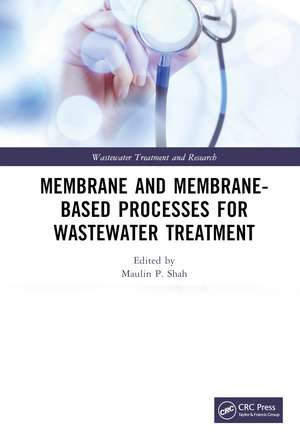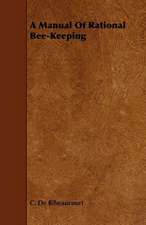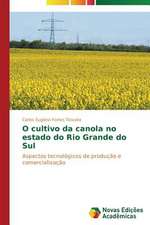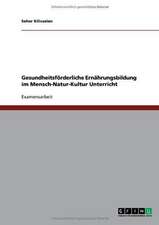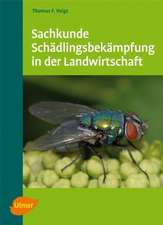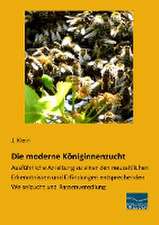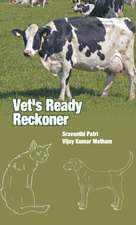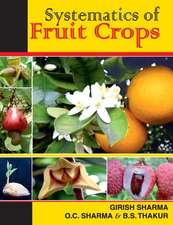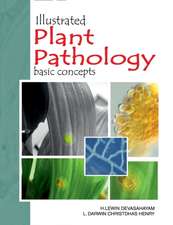Membrane and Membrane-Based Processes for Wastewater Treatment: Wastewater Treatment and Research
Editat de Maulin P. Shahen Limba Engleză Hardback – 14 mar 2023
FEATURES
- The properties, mechanisms, advantages, limitations and promising solutions of different types of membrane technologies are discussed
- The optimization of process parameters is addressed
- The performance of different membranes is described
- The potential of nanotechnology to improve the treatment efficiency of wastewater treatment plants is presented
- The application of membrane and membrane-based hybrid treatment technologies for wastewater treatment is covered
Preț: 657.28 lei
Preț vechi: 879.30 lei
-25% Nou
Puncte Express: 986
Preț estimativ în valută:
125.76€ • 131.32$ • 103.86£
125.76€ • 131.32$ • 103.86£
Carte tipărită la comandă
Livrare economică 15-29 aprilie
Preluare comenzi: 021 569.72.76
Specificații
ISBN-13: 9780367759841
ISBN-10: 0367759845
Pagini: 270
Ilustrații: 41 Tables, black and white; 29 Line drawings, color; 17 Line drawings, black and white; 1 Halftones, color; 40 Illustrations, color; 7 Illustrations, black and white
Dimensiuni: 178 x 254 x 23 mm
Greutate: 0.7 kg
Ediția:1
Editura: CRC Press
Colecția CRC Press
Seria Wastewater Treatment and Research
ISBN-10: 0367759845
Pagini: 270
Ilustrații: 41 Tables, black and white; 29 Line drawings, color; 17 Line drawings, black and white; 1 Halftones, color; 40 Illustrations, color; 7 Illustrations, black and white
Dimensiuni: 178 x 254 x 23 mm
Greutate: 0.7 kg
Ediția:1
Editura: CRC Press
Colecția CRC Press
Seria Wastewater Treatment and Research
Public țintă
Postgraduate and ProfessionalNotă biografică
Maulin P. Shah is very interested in genetic adaptation processes in bacteria, the mechanisms by which they deal with toxic substances, how they react to pollution in general and how we can apply microbial processes in a useful way (like bacterial bioreporters). One of his major interests is to study how bacteria evolve and adapt to use organic pollutants as novel growth substrates. Bacteria with new degradation capabilities are often selected in polluted environments and have accumulated small (mutations) and large genetic changes (transpositions, recombination, and horizontally transferred elements). His work has been focused to assess the impact of industrial pollution on microbial diversity of wastewater following cultivation dependant and cultivation independent analysis. He has more than 280 research publication in highly reputed national and international journals. He is Editorial Board Member in CLEAN-Soil, Air, Water- Wiley, Current Pollution Reports- Springer Nature, Environmental Technology & Innovation-Elsevier, Journal of Biotechnology & Biotechnological Equipment-Taylor & Francis, Current Microbiology- Springer Nature, Eco toxicology (Microbial Eco toxicology)-Springer Nature, Geo Microbiology- Taylor & Francis , Applied Water Science - Springer Nature, Archives of Microbiology-Springer, Journal of Applied Microbiology-Wiley, Letters in Applied Microbiology-Wiley, Green Technology, Resilience and Sustainability-Springer, Biomass Conversion & Bio refinery-Springer, Journal of Basic Microbiology-Wiley, Energy Nexus-Elsevier, e Prime – Elsevier, IET Nano biotechnology-Wiley, Cleaner and Circular Bioeconomy – Elsevier, International Microbiology - Springer has edited 75 books in wastewater microbiology, industrial wastewater treatment. He has edited 20 special issues on Industrial Wastewater Treatment & Research theme on highly impact factor journals with Elsevier, Springer, Wiley, Taylor & Francis.
Cuprins
Chapter 1: Potential of NF Membrane for the Removal of Aquatic Pollutants from Industrial Wastewater: A Review
Chapter 2: Membrane Separation: An Advance Tool for Development of Wastewater Treatment Process
Chapter 3: Current Advances in Bio-Membrane Technology for Wastewater Treatment
Chapter 4: Membrane and Membrane-Based Processes for Wastewater Treatment
Chapter 5: Developments of Nanomaterials Incorporated Polymeric Membranes for Water and Wastewater treatment
Chapter 6: Nanocomposite Membrane-Based Water Treatment Processes
Chapter 7: Membrane Reactors
Chapter 8: Extended Investigation Processes in Advanced Wastewater Treatment for Water Reuse
Chapter 9: Technological Advancement of Membrane Treatment for Tannery Effluents Management
Chapter 10: The Application of Pressure-Driven Membrane Technology for the Treatment of Pulp and Paper Industrial Bleaching Wastewaters
Chapter 11: Future Scope of Membrane Technology in Pineapple Juice Processing: A Review
Chapter 12: Membrane Processes
Chapter 13: Application of Membranes in Tannery Wastewater Treatment
Chapter 14: Removal of Cr(VI) and Pb from Electroplating Effluent Using Ceramic Membrane
Chapter 15: A Combined Coagulation and Membrane Filtration Approach for Fluoride Removal
Chapter 2: Membrane Separation: An Advance Tool for Development of Wastewater Treatment Process
Chapter 3: Current Advances in Bio-Membrane Technology for Wastewater Treatment
Chapter 4: Membrane and Membrane-Based Processes for Wastewater Treatment
Chapter 5: Developments of Nanomaterials Incorporated Polymeric Membranes for Water and Wastewater treatment
Chapter 6: Nanocomposite Membrane-Based Water Treatment Processes
Chapter 7: Membrane Reactors
Chapter 8: Extended Investigation Processes in Advanced Wastewater Treatment for Water Reuse
Chapter 9: Technological Advancement of Membrane Treatment for Tannery Effluents Management
Chapter 10: The Application of Pressure-Driven Membrane Technology for the Treatment of Pulp and Paper Industrial Bleaching Wastewaters
Chapter 11: Future Scope of Membrane Technology in Pineapple Juice Processing: A Review
Chapter 12: Membrane Processes
Chapter 13: Application of Membranes in Tannery Wastewater Treatment
Chapter 14: Removal of Cr(VI) and Pb from Electroplating Effluent Using Ceramic Membrane
Chapter 15: A Combined Coagulation and Membrane Filtration Approach for Fluoride Removal
Descriere
It provides a comprehensive view of recent advents of hybrid treatment technologies in wastewater treatment, addresses the current limitations and challenges of applying these tools in wastewater treatment systems.
